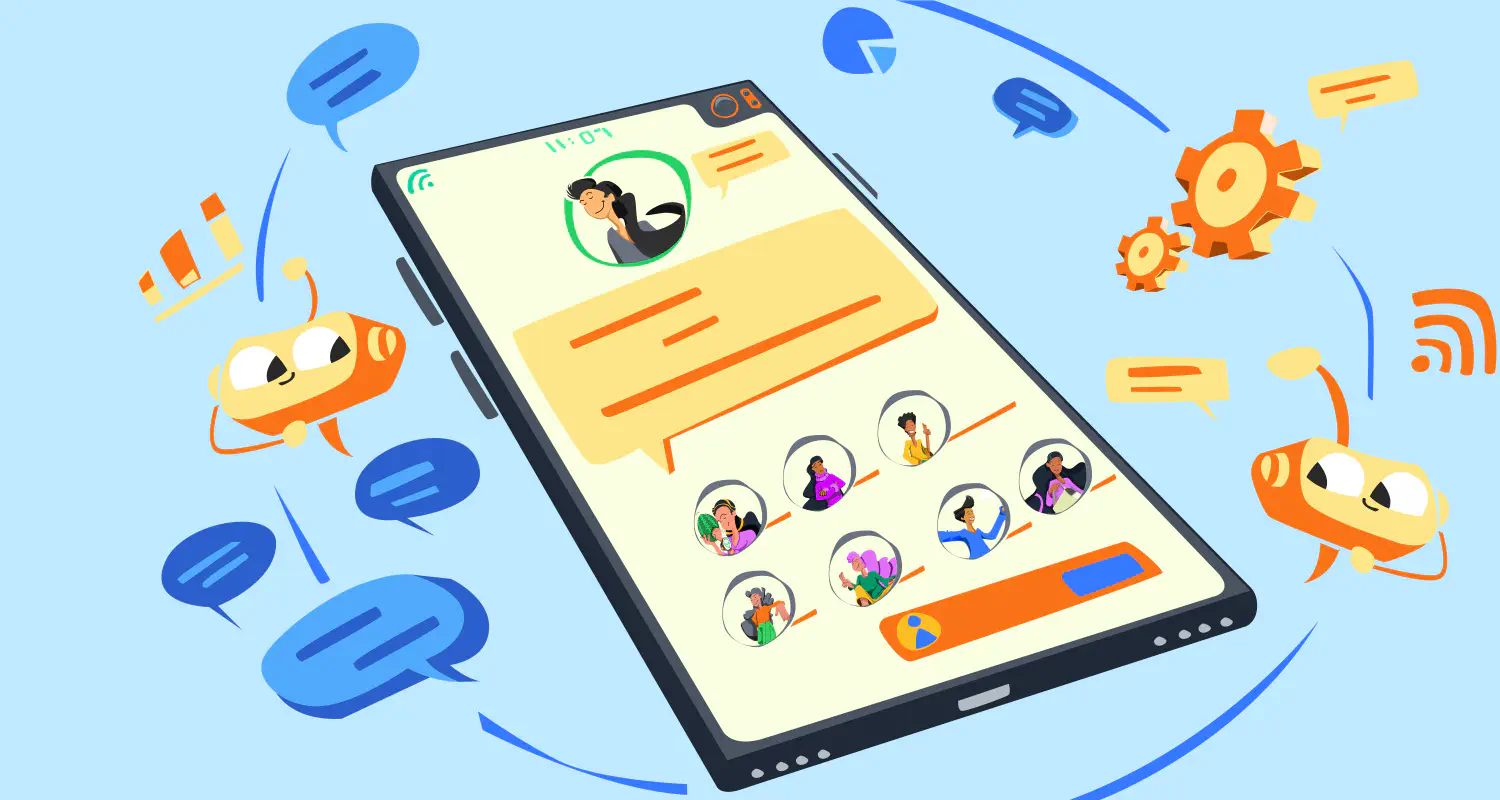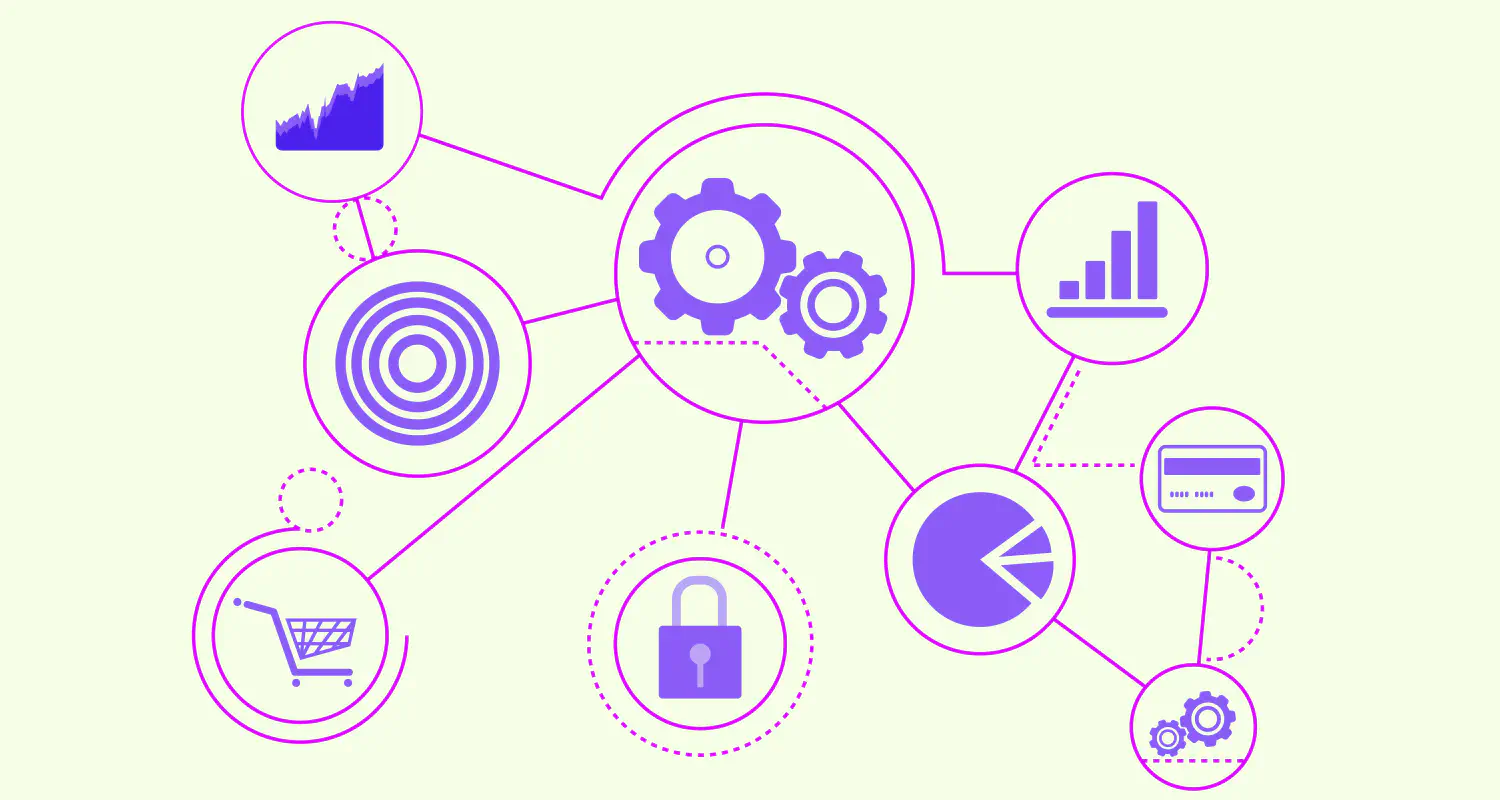WhatsApp Team Inbox: Benefits, Use Cases and Best Practices
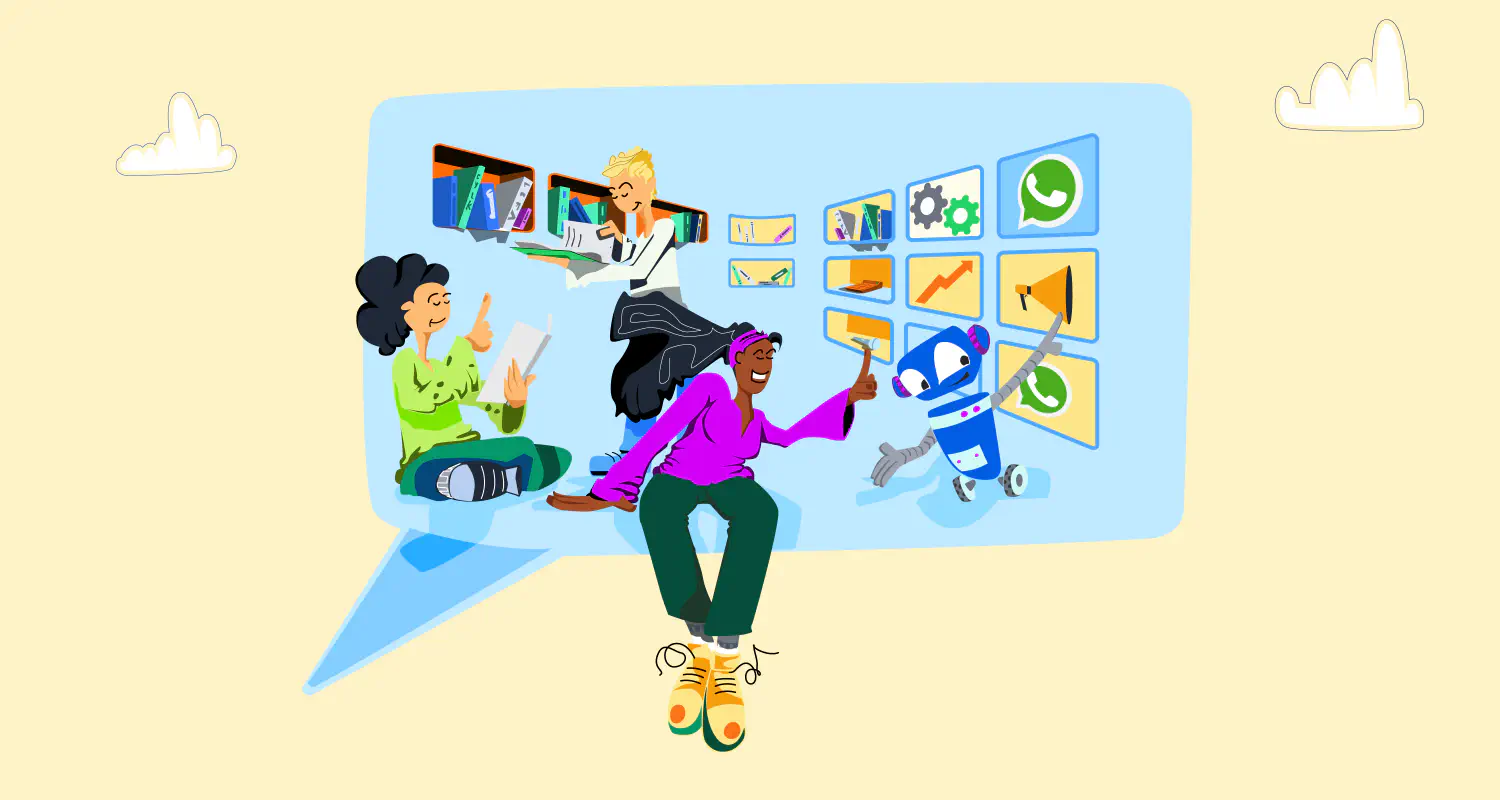
Picture this: an agent responds to a product inquiry while another team member is handling a customer support query - all on the same WhatsApp Business account. Managing these interactions can be a challenge. Thankfully, a WhatsApp team inbox removes the juggling act and makes the entire business communication a smooth process.
Using a unified communication hub for all your customer interactions on WhatsApp can improve your team’s efficiency and increase customer satisfaction rates.
In this article, we’ll dive deep into the benefits of using a shared inbox for WhatsApp. We’ll explore its role in key areas like sales, support, and engagement.
What is a WhatsApp team inbox?
WhatsApp Business team inbox is similar to a shared email inbox but for WhatsApp! Multiple team members can access, respond to, and collaborate on customer messages from a single platform. Think of it as a unified command center for your WhatsApp Business communication.
One of the things that we really like about having a shared inbox on WhatsApp is the ability to assign conversations to specific agents. So, instead of assigning leads randomly, you can match each rep’s expertise with the conversation’s context.
By setting up chatbots and workflows, you can automate the initial stages of customer interaction. Once the chatbot understands what the customer needs and who in your team can help them, it can assign the conversation to the right person.
A team inbox for WhatsApp can be integrated with a CRM system, or any other software you use for managing agents and customers.
Benefits of using a shared inbox
A WhatsApp team inbox does more than organize messages. It solves common communication challenges that B2B companies face - it helps them work better together and serve customers more effectively. Here are some key benefits you can expect from using WhatsApp for team collaboration:
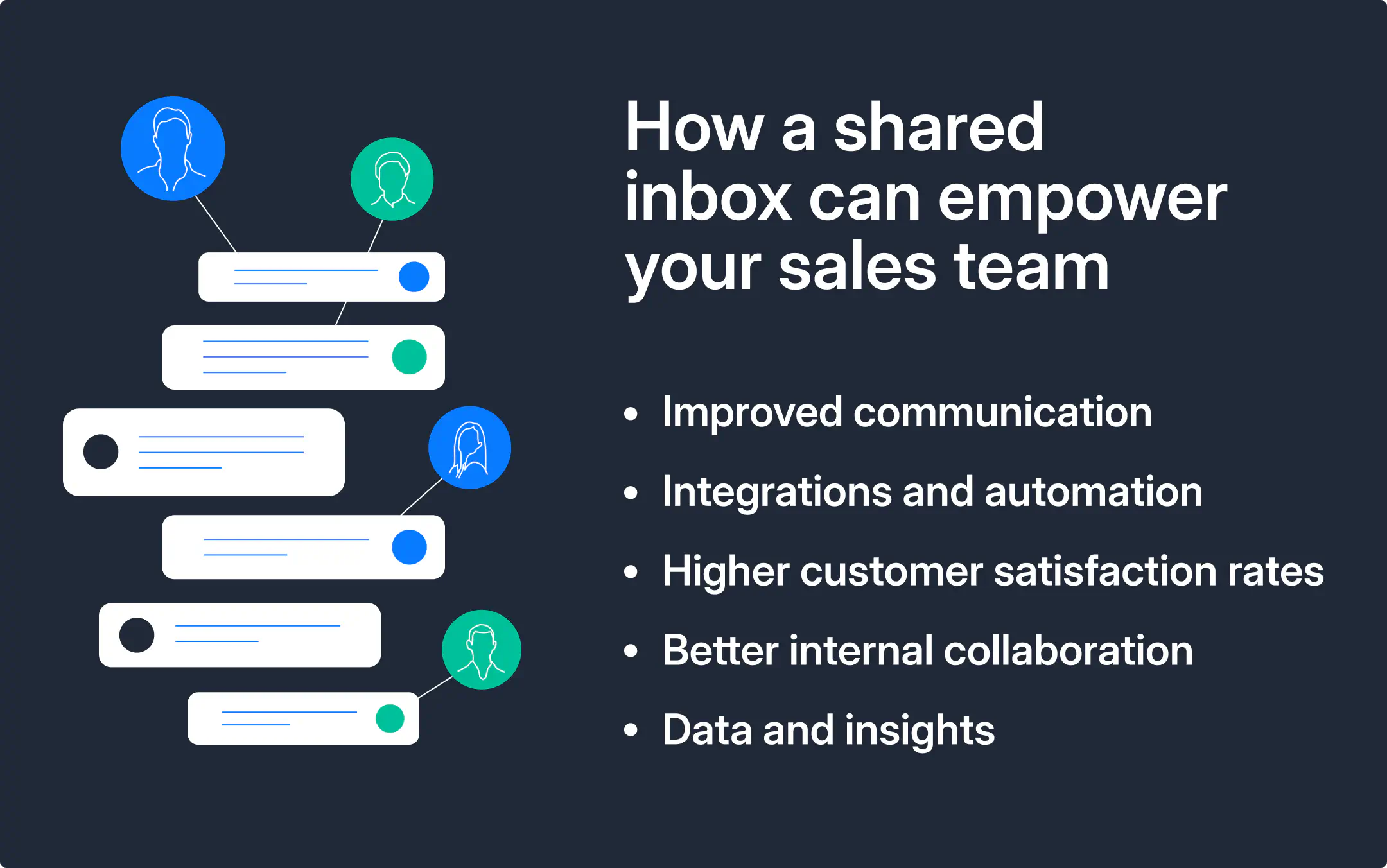
Improved communication
In B2B sales, every minute counts. Customers expect quick answers, especially for pre-sales questions or support requests. With a shared inbox, your team can respond faster, since all messages are in one place.
Agents don’t have to dig through individual chats or check who responded last. Each team member sees what’s happening and can jump in where needed. Quicker replies keep potential buyers engaged and existing customers satisfied.
Integrations and automation
For sales managers, managing customer relationships involves many tools – CRMs, ticketing systems, and project management platforms. A shared inbox that integrates with these tools centralizes everything, so team members can respond while the CRM automatically logs messages and updates records.
Automation saves time and keeps communication consistent across the board - especially valuable in long sales cycles where tracking every touchpoint matters.
Higher customer satisfaction rates
Missed messages are missed opportunities. A shared inbox minimizes the chance of messages slipping through the cracks by clearly showing unread messages and assigning conversations to team members.
This means smoother handoffs and fewer gaps in communication. When customers don’t have to repeat themselves, they’re more likely to trust your company and keep coming back.
Better internal collaboration
With the standard WhatsApp Business app, only five agents can join. For B2B teams that need more coverage, this is limiting. On a WhatsApp team inbox, an unlimited number of agents can work together, assign tasks, share conversation history, and tag team members for input.
Data and insights
If you want to improve your sales strategy, you need to understand customer patterns and preferences. A shared inbox tracks customer interactions and gathers insights about message frequency, popular queries, and response times. Managers can use this data to identify trends, improve team performance, and make better decisions.
For instance, if response times are slow, you’ll know exactly where to adjust. These insights give you a clearer picture of what’s working and where to improve. It helps the whole team align on goals.
How WhatsApp team inbox can increase sales
When choosing a team inbox for sales, research what’s available on the market and choose the one that best fits your needs. Some inboxes, like Rasayel, are designed to help B2B companies sell over WhatsApp.
Here are some use cases that can help you improve sales:
Chatbot and flows for lead qualification
Qualifying leads quickly translates into higher conversion rates. You can set up a chatbot to ask questions so you better understand a prospect’s interest level, route them to the appropriate team member, and even set expectations for follow-up times.

WhatsApp flows take qualification a step further. You can create interactive forms for gathering information, send them to customers and they can fill them directly within WhatsApp chats.
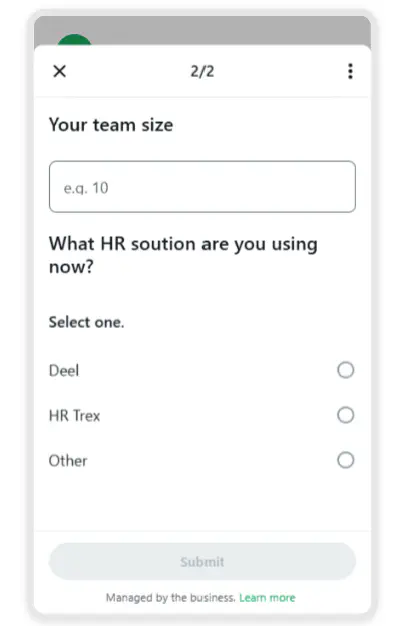
For example, you can create a flow to take prospects through a qualification questionnaire to better understand their needs, suitability, and how ready are they to convert. A flow can be anything from simple feedback forms to a demo booking process.
Internal notes for team collaboration
Adding internal notes and mentions directly within conversations allows agents to collaborate without switching tools or searching through separate files. If a sales team member needs input or assistance from another department, they can simply tag the relevant colleague in a note to ask questions or share updates—all within the same conversation thread.
The customer doesn’t see this internal coordination happening while their inquiry is handled.
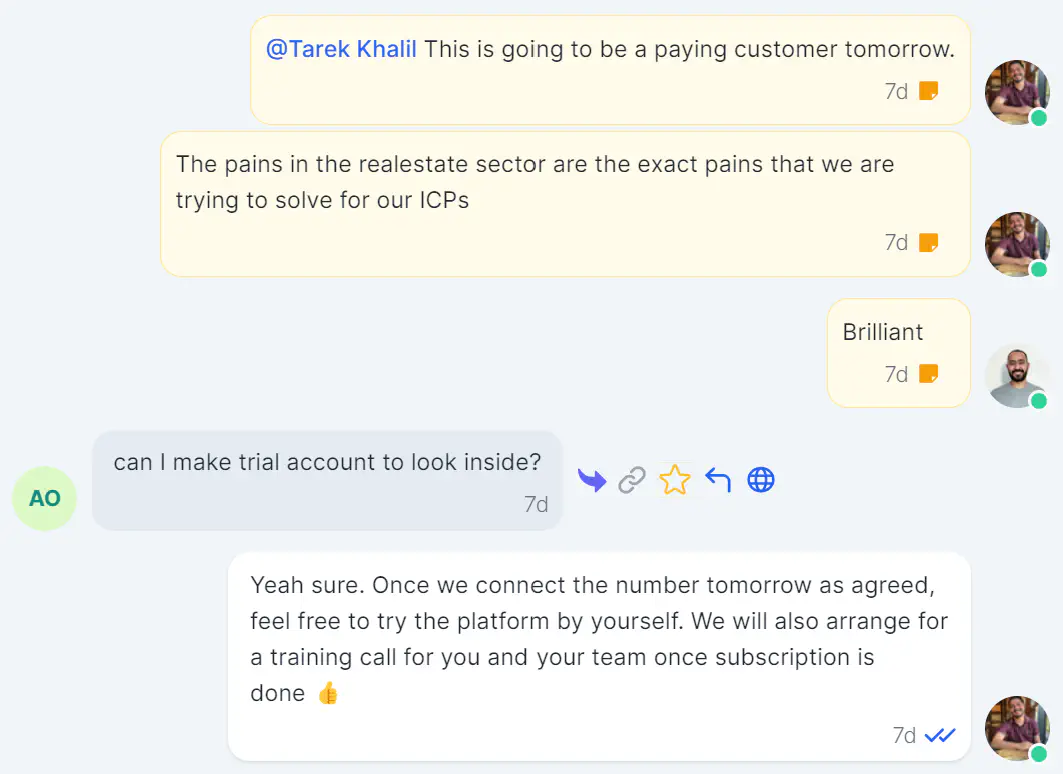
Mobile app to nurture leads on the go
Most team inboxes for WhatsApp come with a mobile app that lets agents respond to leads anytime, anywhere. This means even if they’re away from their desk—at a meeting, traveling, or working remotely—they can stay in touch and keep nurturing potential leads.
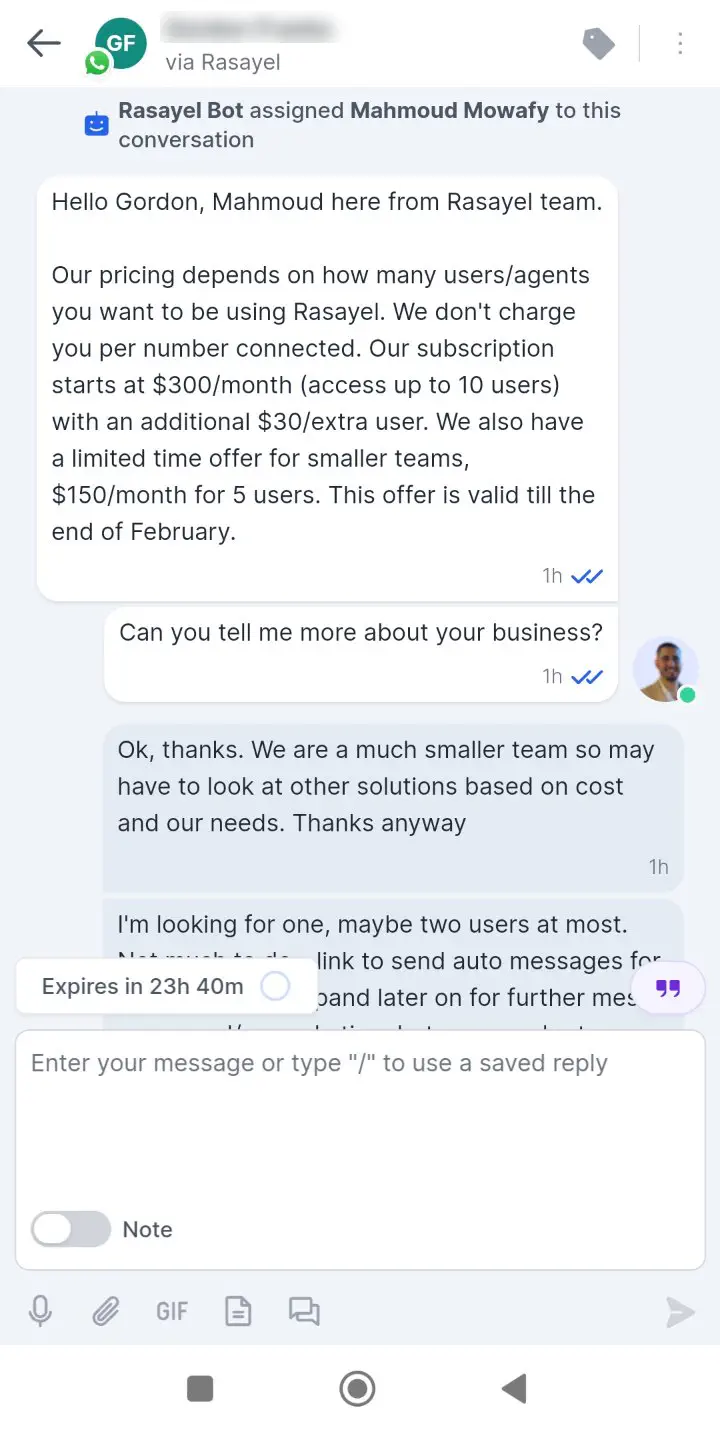
Quick responses make a big difference in keeping leads interested and engaged, and with instant notifications, agents won’t miss a beat.
Rules for conversation management
You can set up inbox rules that automate conversation management. For instance, you can create a rule to qualify and route leads based on specific criteria. When a customer message includes certain keywords or comes through a targeted channel, the rule can instantly tag the conversation and assign it to the appropriate team. No need for manual actions.
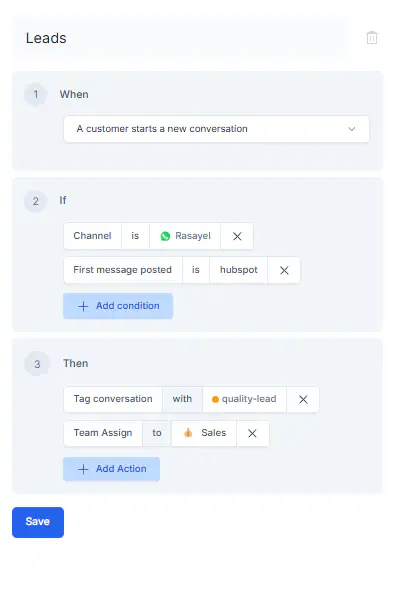
Integration with CRM systems
For sales teams, jumping between tools to look up customer details can be a hassle. When you connect your team inbox with a CRM, as soon as a message pops, it automatically checks if the contact already exists in your database and pulls up their details. This way, sales reps get a full view of who they’re talking to without having to switch between platforms and screens.
If the contact doesn’t exist in your CRM, agents can create a new profile with a single click, right from your WhatsApp team inbox. Here’s how the HubSpot extension looks in Rasayel. Here you can choose to manually match a HubSpot contact or create a new one.
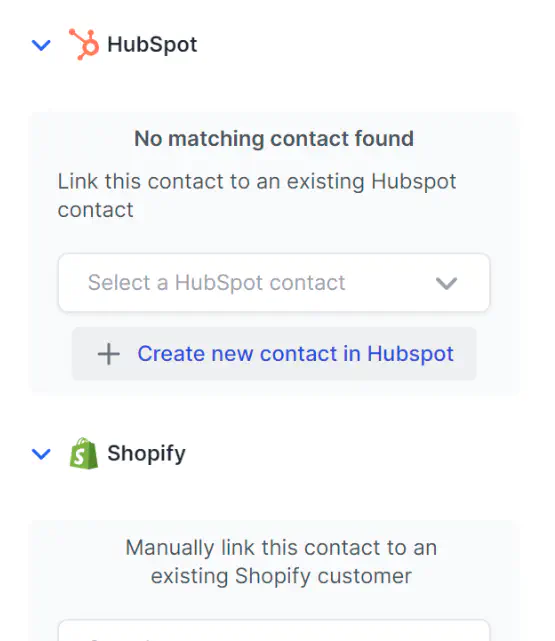
Every engagement is logged in your CRM, whether it’s a message, call, or any other form of communication. The recorded history of customer interactions allows you to export detailed reports and see how your strategy is working. Analytics allow you to tailor future conversations and find the sales approach that works best. Here’s a view of the engagement logging in HubSpot:

Instead of manually searching through conversations in your team inbox to get details on a specific client, you can review logged activities and gain all the context you need in one place. Here you can see how activities are logged in HubSpot:
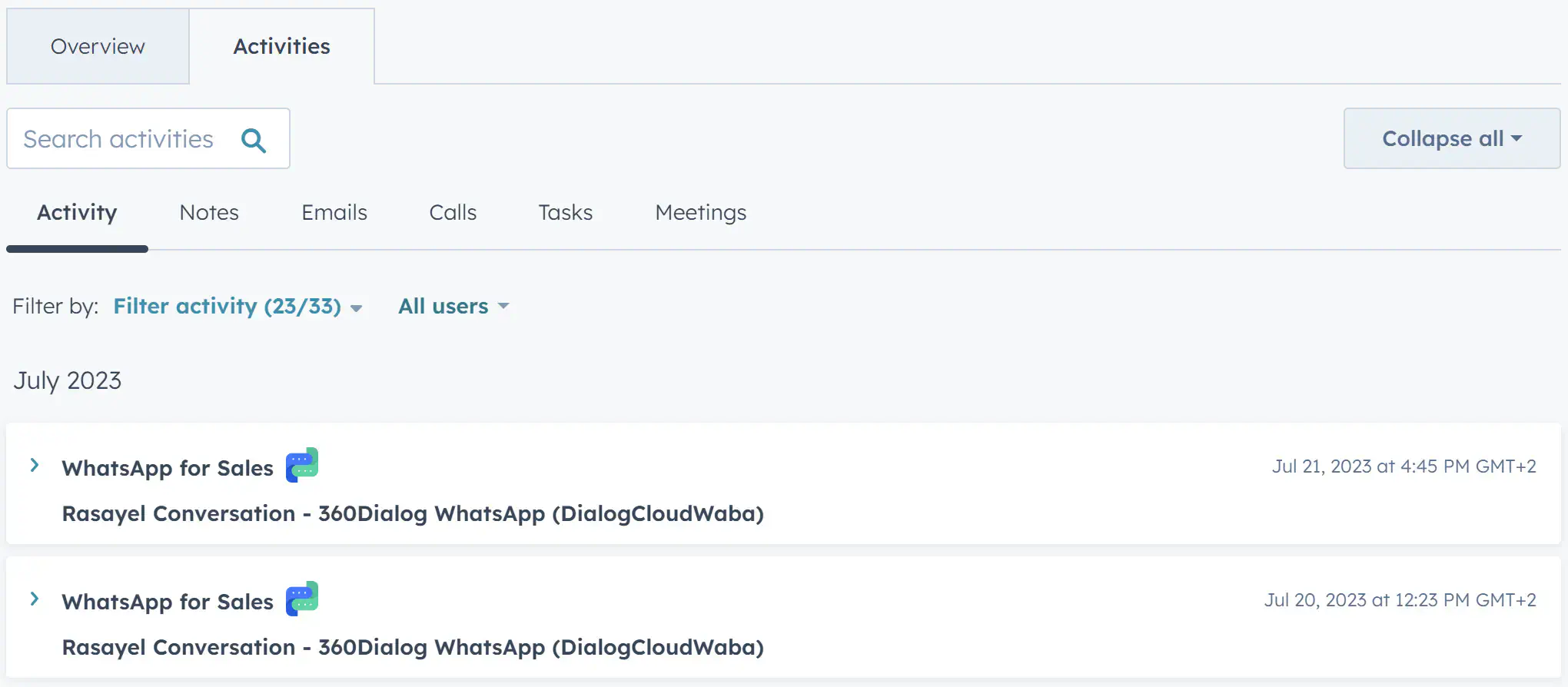
Deeper insights
With a WhatsApp team inbox integrated with a CRM, you have access to detailed reports and insights. You have a clear view of customer engagement trends, response times, conversation volume, and agent performance. Here’s an example of how you can create a report with the WhatsApp HubSpot integration.
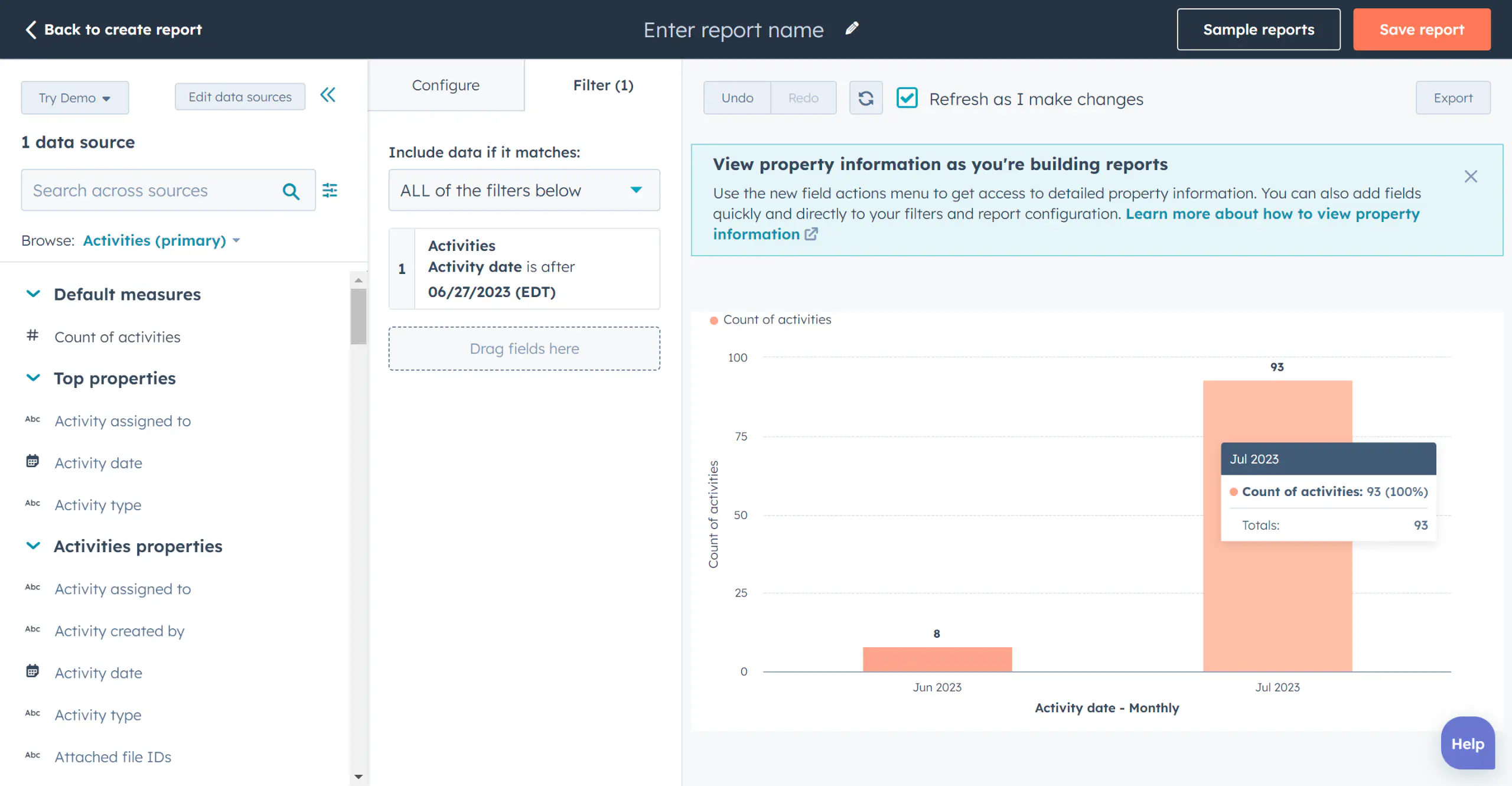
With activity and engagement logging in your CRM, you can export granular reports that give you a detailed view of customer interactions. These reports can highlight the sales approaches that work best, pinpoint where customers tend to drop off and reveal which types of messages drive conversions. Use these insights to refine your messaging strategy and optimize the sales process.
Role of WhatsApp shared inbox in customer service
Customer support goes hand in hand with sales. Let’s explore how each feature plays a specific role in improving the customer support processes:
Personalized customer service
You can add helpful details to customer profiles using contact properties for easy access to important information. Some basic info, like a new profile with the customer’s WhatsApp name and phone number, is automatically added when you receive their first message.
From there, you can add any other details you need to make each profile as complete and useful as possible for your team.
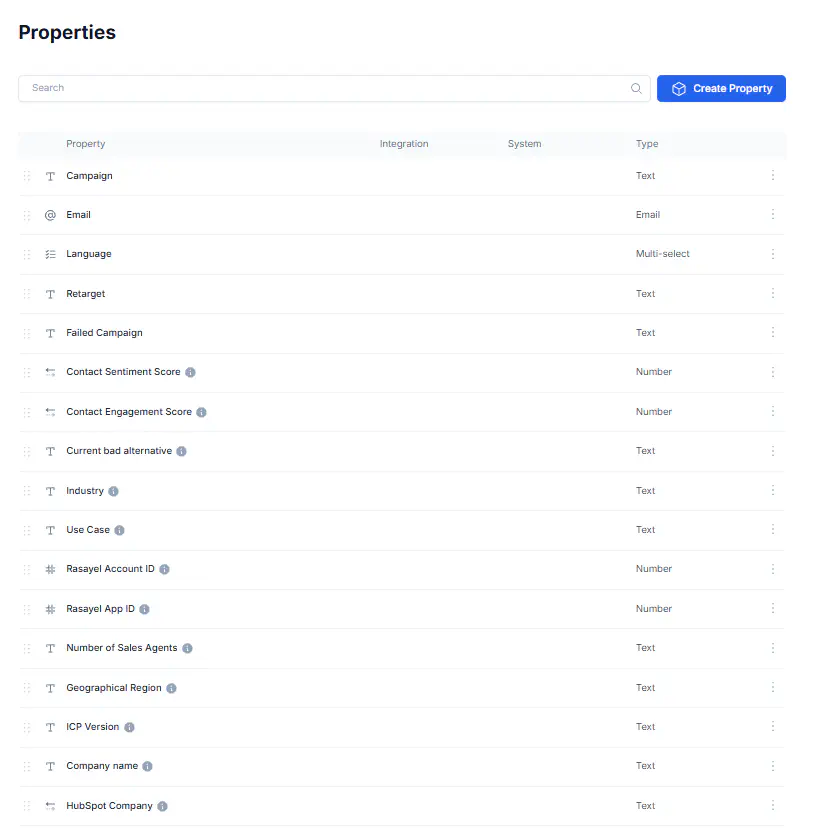
Organized and prioritized support
Adding tags to contacts allows you to categorize customers based on characteristics like “VIP,” “New customer,” or “Interested in X.” They make it easy to prioritize and personalize interactions.
Conversation tags add even more context to individual interactions. By tagging conversations with details like “Billing inquiry,” or “Technical issue,” customer success agents can quickly understand the nature of past interactions.
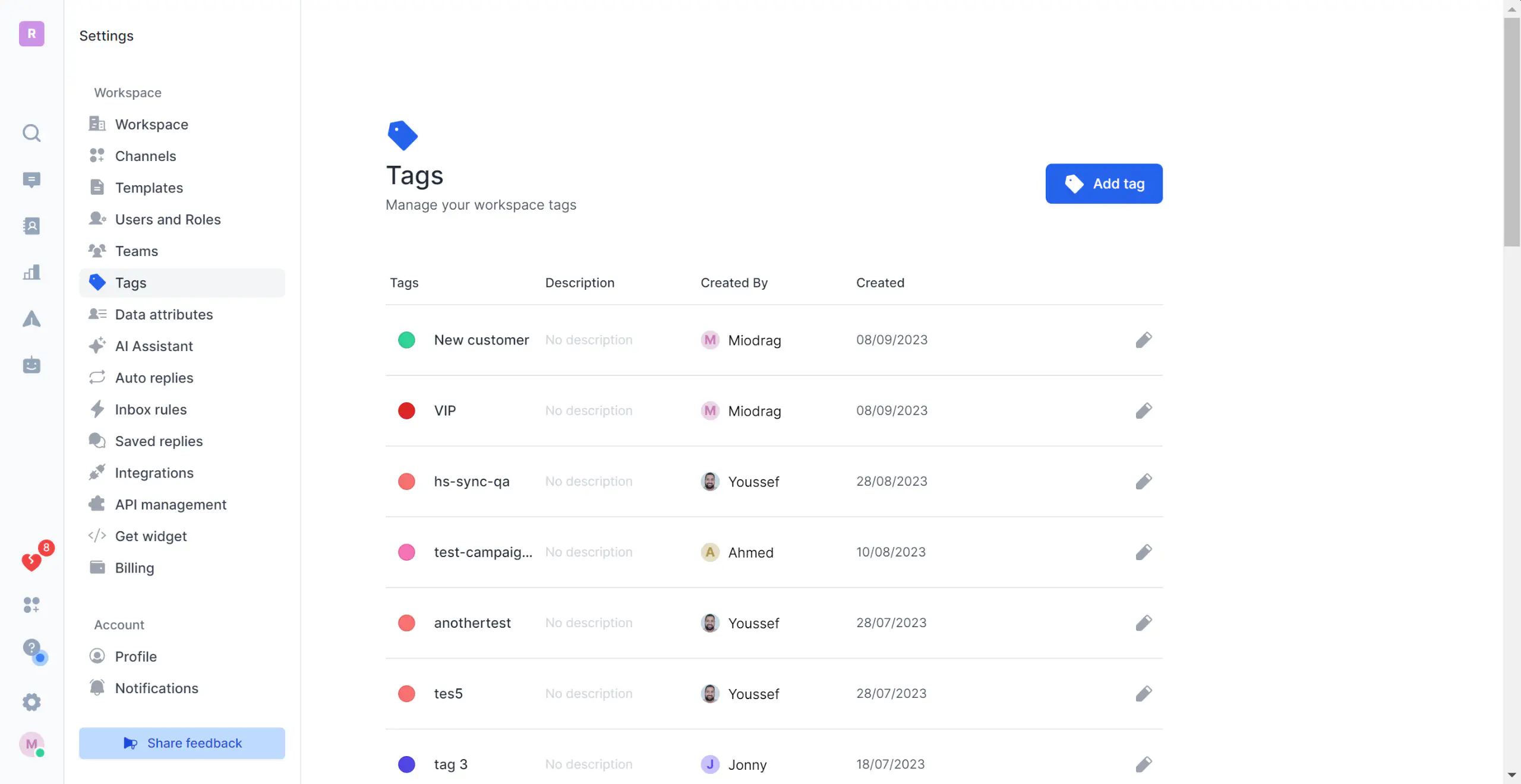
AI-powered customer interactions
Some team inboxes come with an AI assistant. Users can connect it with a knowledge base like public documentation, help center articles, or any internal SOP documents.
Once it’s “fed” with this information it can interact with customers on common inquiries. It can clarify their needs by asking questions before assigning a team or a specific agent to the conversation. Then, the agent taking over will have all the necessary information that the chatbot gathered and they can help the customer right away.
If the AI chatbot doesn’t have enough knowledge or the issue needs human intervention, it’ll hand over the conversation based on your setup.

Improved communication with AI assistance
What if you could use AI to help you provide customers with clear, professional, and easy-to-understand answers? Some team inboxes have an AI assistant in their composer to do exactly that - help you chat more effectively.
Whether you need to simplify a sentence, make it shorter or longer, or even write it better, you can rely on AI for that. You can even use it to translate conversations which is particularly useful if you’re serving customers in different parts of the world.
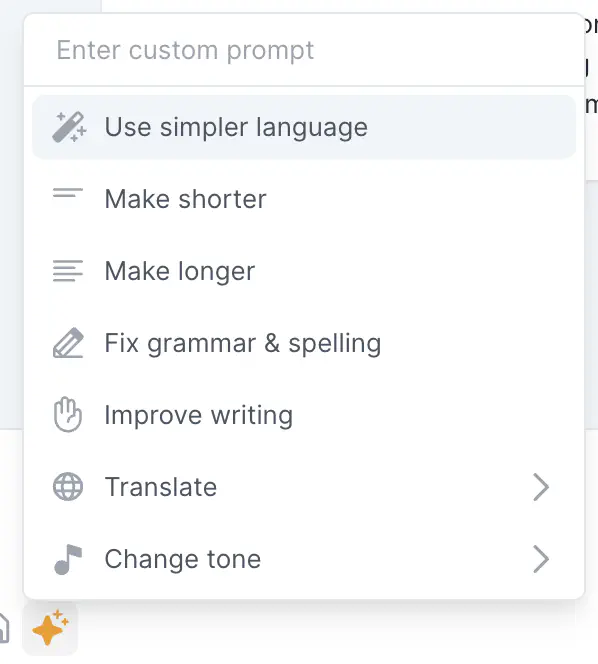
Unified customer view with CRM integration
Integrations with CRM systems give support agents detailed information on customer profiles, including past interactions and purchase history, directly within their team inbox. This unified view is crucial for providing context-rich support.
If someone from your team needs to get in touch with a customer, they don’t need to switch between platforms. The integration allows customer support agents to message customers directly from the CRM.
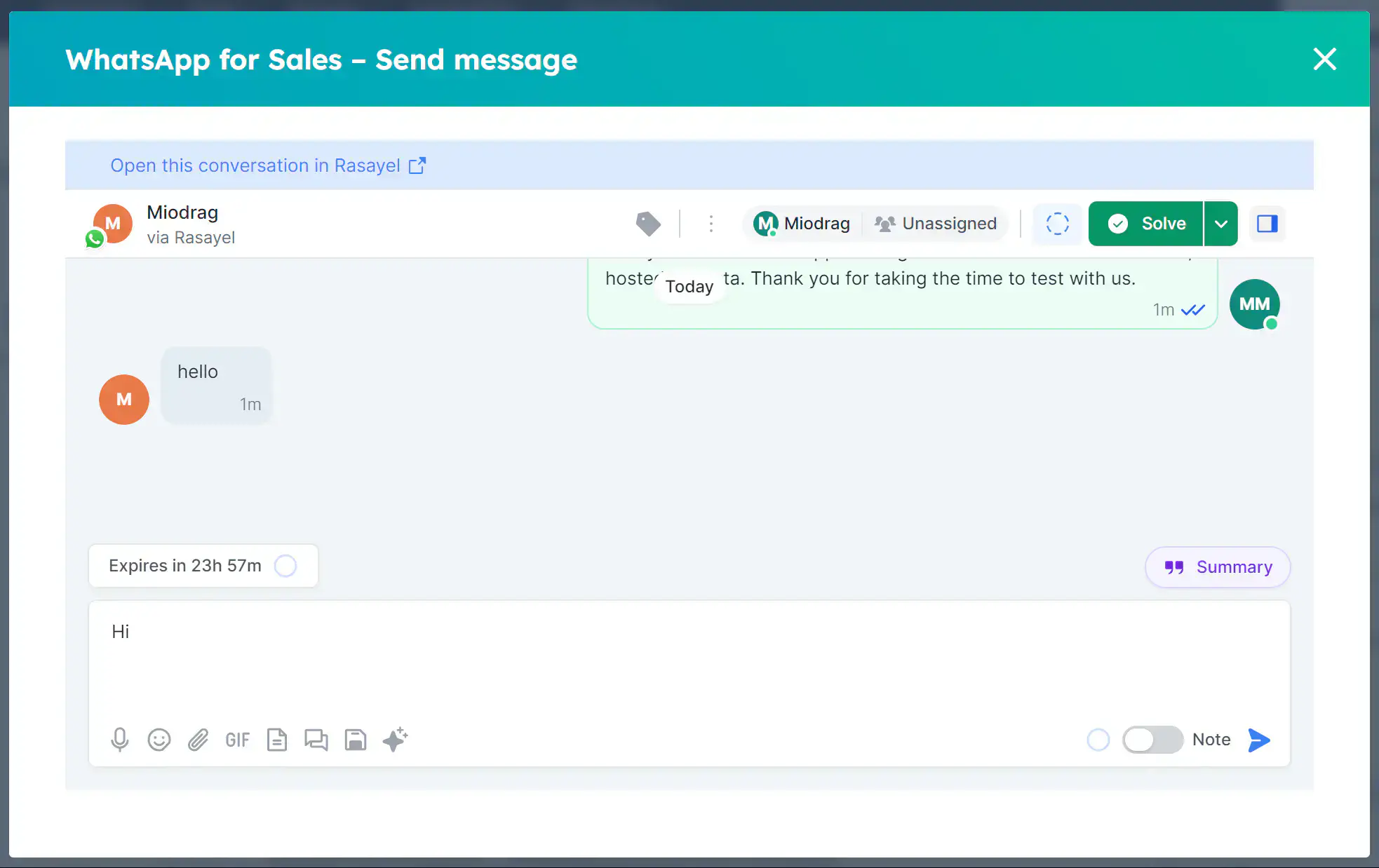
Automated ticketing
Team inboxes can integrate with ticketing systems to automatically create support tickets within customer conversations. This means every customer request is logged and tracked without any extra work.
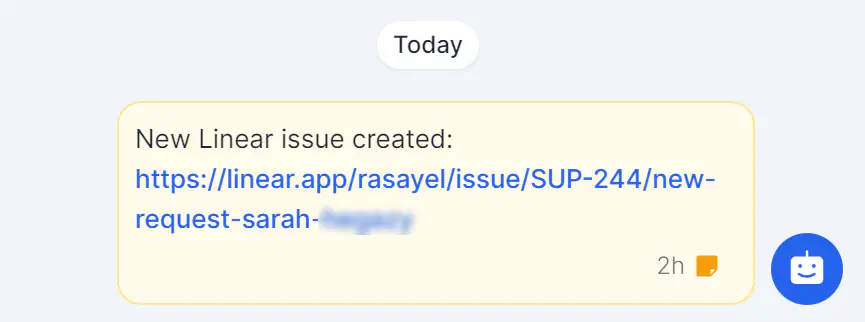
Impact of WhatsApp inbox on customer engagement
WhatsApp Business Inbox helps your marketing team on WhatsApp engage more effectively with customers and simplify their marketing efforts. Here’s a quick overview of its benefits:
Simplified messaging
Marketing agents can send outbound messages to customers only with WhatsApp templates - pre-approved messages they can create in WhatsApp Manager or directly in their team inbox.
Making templates in WhatsApp Manager can be challenging because the process is less intuitive and time-consuming. In contrast, creating WhatsApp templates directly in your team inbox is usually much simpler. Plus, once created, they are stored in your inbox so it’s simpler to use them for bulk messaging or for reaching out to individual customers when needed.
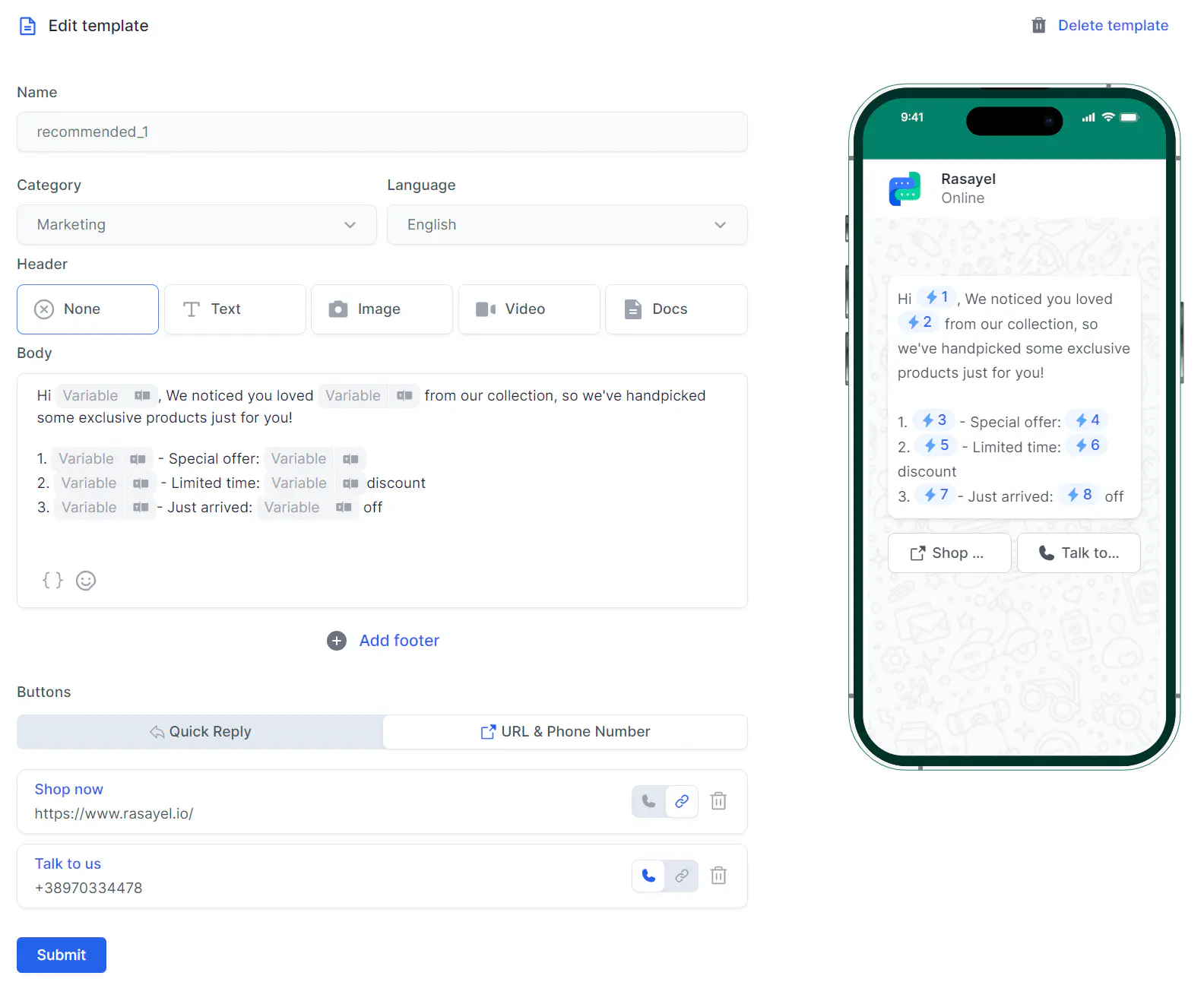
Support for WhatsApp flows
Recently, Meta released WhatsApp Flows - interactive forms that agents can send on WhatsApp - and some team inboxes already support their use. Customers can submit feedback, book appointments, or even fill out application forms, all without leaving WhatsApp.
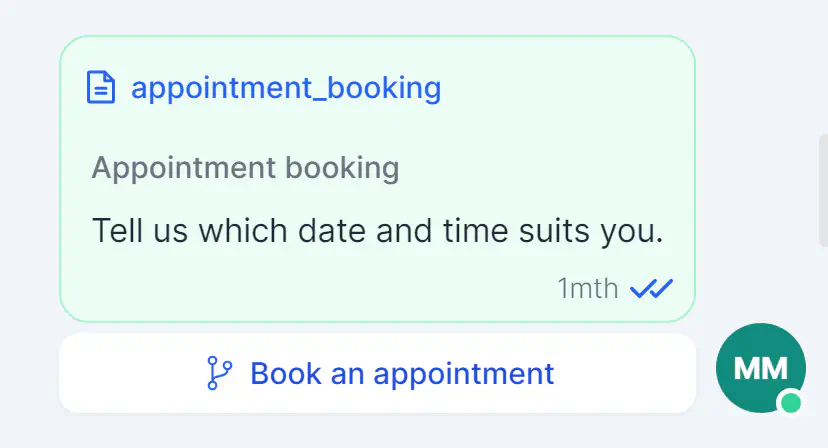
Segmented campaigns
Team inboxes offer segmentation tools that allow you to segment customers based on engagement history, industry type, past interactions, etc. Agents can filter audiences by selecting specific properties and then run targeted WhatsApp campaigns tailored to different customer segments.

Analytics and reporting
For anyone leading a marketing team, being able to measure the success of marketing campaigns is a must. With analytics and reporting in your team inbox, you can see how customers are engaging, check how well different campaigns are doing, and adjust your strategies based on what you learn.
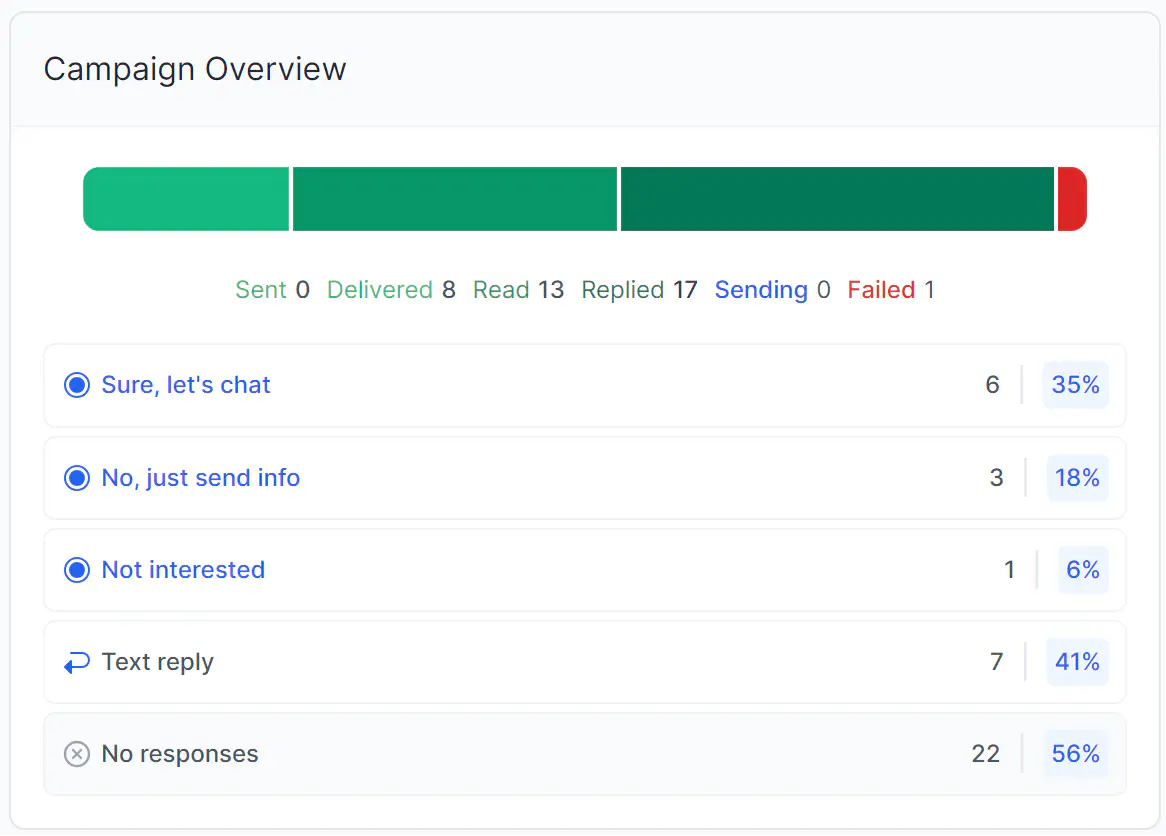
How to set up a WhatsApp team inbox
Getting started on the WhatsApp Business API with a team inbox is easy and straightforward. Here’s a breakdown of the process to help you get started:
Choose a service provider
The first step is to select a Meta Business Partner and activate your WhatsApp Business number. Look for team inbox solutions that offer the features and integrations you need, such as CRM connectivity, automation options, and analytics. What software you choose will impact how efficiently your team can work, so it’s worth taking the time to find the right fit for your business.
Connect to WhatsApp Business API
Once you have a provider, you’ll need to set up the WhatsApp Business API.
Connect your WhatsApp number to Rasayel’s inbox. The API setup may require verification and approval from WhatsApp, which your provider can help guide you through.
Best practices to manage a shared WhatsApp inbox
Effectively managing a WhatsApp team inbox requires following some key practices to keep communication smooth, on time, and efficient. Here are some useful tips:
Assign clear roles and responsibilities
Clearly define who is responsible for each type of message so that customers receive fast and accurate responses. For example, assign specific team members for sales questions, support requests, or general inquiries.
When every message goes to the right person, it will reduce confusion and response times. If everyone knows their role, it’s easier to maintain high-quality interactions with customers.
Stay organized
Use tags and categories to keep conversations neatly sorted, so your inbox stays manageable even during busy times. For example, you might tag customers by topic or priority, such as “VIP Customer,” “Technical Support,” or “Follow-Up Needed.”
Tagging and categorization make it easy to locate important messages quickly and help your team focus on high-priority issues.
Set up automated responses
Automated responses are very useful for handling routine questions. Set up quick replies for FAQs like business hours, order status, or return policies. Customers get instant answers without waiting for an agent, and your team can focus on more complex inquiries.
Automated responses save time and increase customer satisfaction by delivering quick solutions.
Monitor and analyze performance
Make it a habit to review key metrics like response times, customer satisfaction scores, and agent productivity. These insights help you identify areas where your team excels and areas that might need improvement.
For instance, if response times are slipping, you can look into whether more agents are needed during peak hours or if more automation could help.
Integrate with CRM
CRM integration simplifies workflows, reduces duplicate efforts, and makes it easier to nurture leads and retain customers. It gives your team a complete view of each customer’s history and preferences.
When your team can see past interactions, purchase history, or any open issues, they’re better equipped to sell or provide personalized support.
Prioritize security and privacy
Customer data is sensitive, so security should be a top priority. All agents must follow best practices for data protection. Regularly review your security settings to prevent unauthorized access. Compliance with the WhatsApp business messaging policy protects your customers and helps prevent your business from being banned from WhatsApp.
Encourage collaboration
A collaborative environment allows team members to support each other. Agents should use internal notes and tagging in the inbox to share insights, ask questions, or flag important information.
Stay customer-centric
Regularly ask customers for feedback and listen to their suggestions to improve service. Gather feedback through surveys, follow-up messages, or post-interaction ratings. Listen closely to what customers say, especially around common pain points or areas where service could improve.
For example, if customers frequently ask for faster response times, consider optimizing team schedules or increasing automation. If there’s consistent feedback on product features or usability, share these insights with relevant teams so improvements can be made.
Final thoughts
Managing customer conversations on WhatsApp isn’t just about replying fast—it’s about creating a smooth, personal experience that keeps customers coming back.
Rasayel is a team inbox for WhatsApp that gives your team the tools to stay organized, handle big message volumes, and respond accurately.
With features like automated replies, clear roles, tagging, and CRM integrations, your team can keep track of high-priority messages and deliver a consistent brand voice every time. Insights from real-time data let you see exactly where to improve, fine-tune your approach, and keep customers happy.
Frequently Asked Questions

Tarek previously worked as a product engineer at Intercom. Prior to that, he travelled to live and work in numerous places around the world.
He’s now living in a small fishing town in rural south Ireland, and enjoys the nature around.He climbs hills whenever he can, and enjoys the rare, but lovely Irish sunny days.

